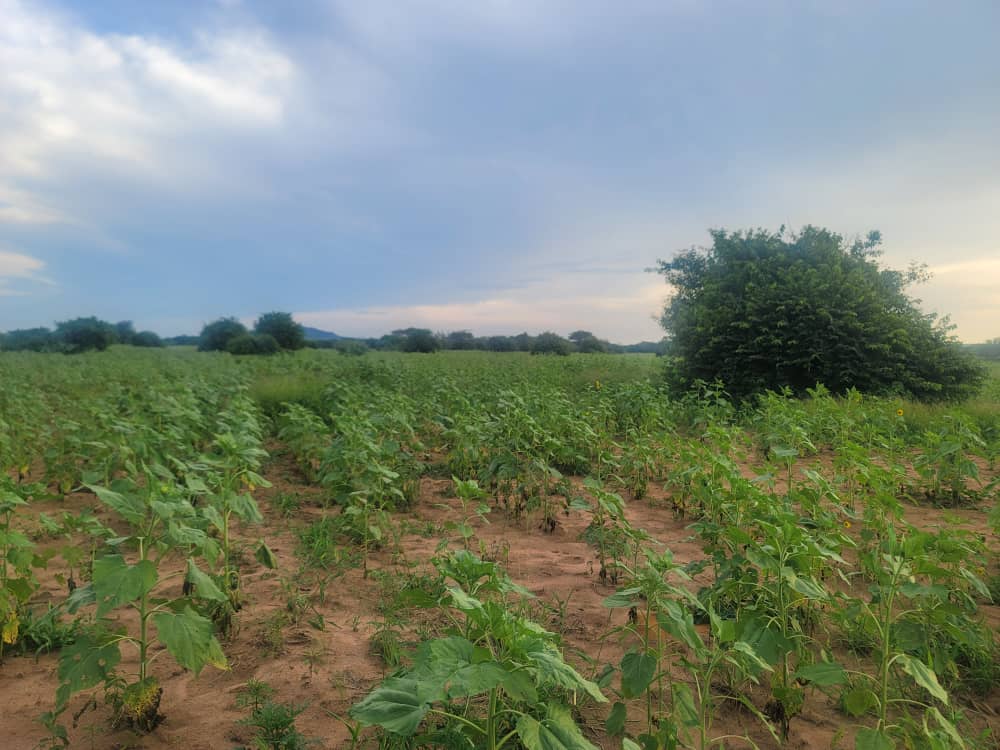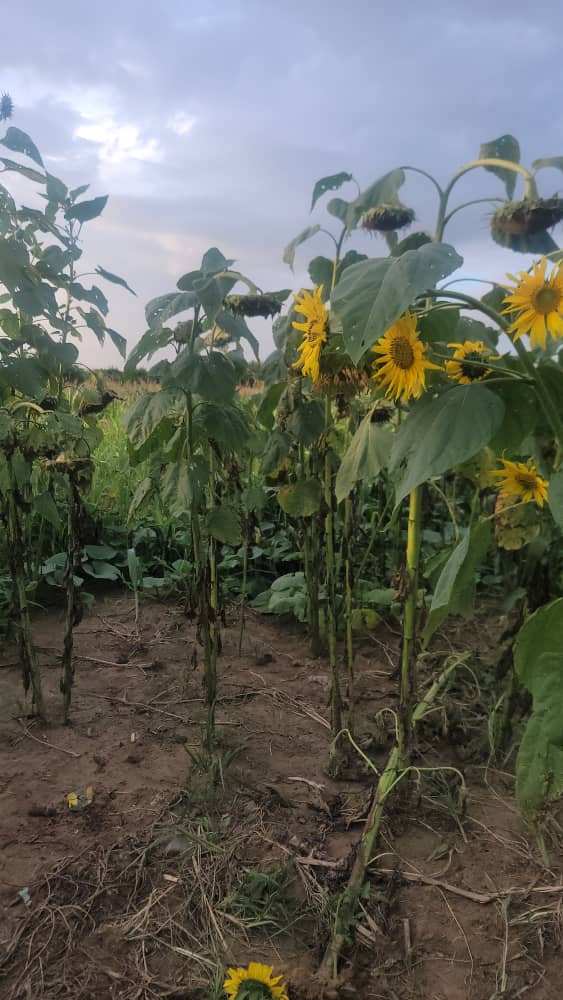
How birds affect sunflower plants
Birds can affect sunflower plants in both positive and negative ways, Birds play a crucial role in seed dispersal by consuming sunflower seeds and then dispersing them to new locations through their droppings. This can contribute to the natural spread and regeneration of sunflower populations.
Some bird species, such as hummingbirds, can act as pollinators for sunflowers by feeding on nectar from their flowers. Pollination is essential for the production of seeds in sunflowers, so bird-mediated pollination can enhance seed set and yield.
Birds may peck at sunflower flower heads to consume seeds or to access nectar, which can result in damage to the flowers and reduce seed production. Additionally, large flocks of birds feeding on sunflower fields can trample plants and cause physical damage to stems and leaves.
How does climate condition affect sunflower
Climate conditions significantly affect the growth, development, and productivity of sunflowers. Sunflowers are generally warm-season plants that thrive in regions with long, hot summers and mild winters. Here’s how different climate factors can impact sunflower growth:

Temperature & Sunlight
As their name suggests, sunflowers require plenty of sunlight. Meaning they track the sun’s movement throughout the day. Adequate sunlight is crucial for photosynthesis, which is essential for plant growth and flower development. Insufficient sunlight can lead to stunted growth and poor flowering.
Sunflowers require warm temperatures for optimal growth. Extreme heat can stress sunflowers, leading to reduced growth and yield. Additionally, frost can damage sunflower plants, especially during the early stages of growth. Sunflowers are sensitive to frost, and exposure can cause wilting, leaf damage, and even death.
sunflowers are adaptable plants, but they perform best in regions with warm temperatures, plenty of sunlight, adequate moisture, well-drained soil, and protection from extreme weather conditions. Climate conditions directly impact their growth, development, and overall productivity..
Rainfall and Water Availability
Sunflowers need consistent moisture throughout their growth stages, particularly during germination, flowering, and seed development. However, they are relatively drought-tolerant once established. Excessive rainfall or waterlogged soil can cause root rot and other fungal diseases. Conversely, prolonged drought can stunt growth and reduce yield. Therefore, a balanced supply of water is essential for optimal sunflower growth.
Soil Type and Quality
Sunflowers prefer well-drained, loamy soil with good fertility. They can tolerate a wide range of soil pH levels but thrive in slightly acidic to neutral soils (pH 6.0 to 7.5). Soil quality influences nutrient availability, root development, and overall plant health. Poor soil conditions, such as compacted soil or nutrient deficiencies, can hinder sunflower growth and productivity.
Wind
While sunflowers can tolerate moderate winds, strong gusts can damage their stems and leaves, especially tall varieties. Wind can also interfere with pollination by dispersing pollen away from the flowers. Windbreaks or sheltered locations can help protect sunflowers from excessive wind exposure.

How Insects affect Sunflower

Certain insects, such as bees, butterflies, and beetles, play a crucial role in pollinating sunflower flowers. They transfer pollen between flowers, facilitating fertilization and seed production.
Many insect species can feed on various parts of sunflower plants, including leaves, stems, buds, flowers, and seeds. Common sunflower pests include aphids, beetles, caterpillars (e.g., sunflower moth larvae), thrips, and stink bugs. These pests can cause direct damage to plants by feeding on tissues, causing defoliation, stunting growth, deforming flowers, or reducing seed production.
